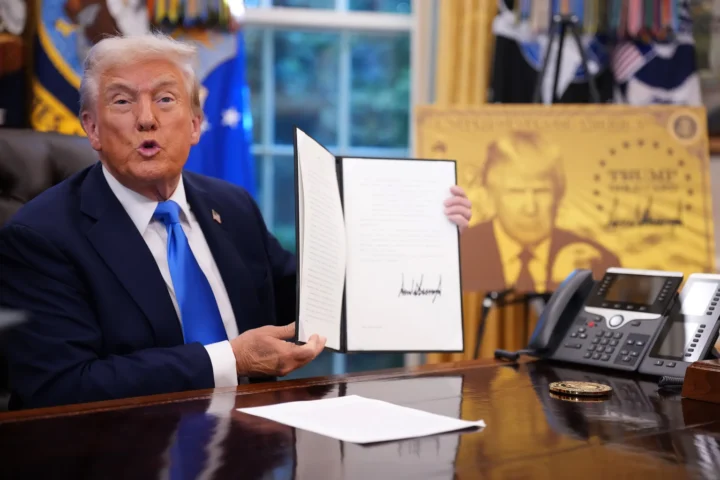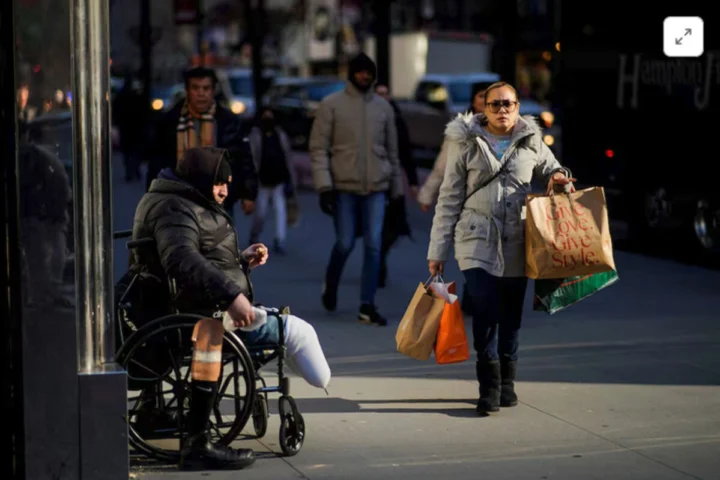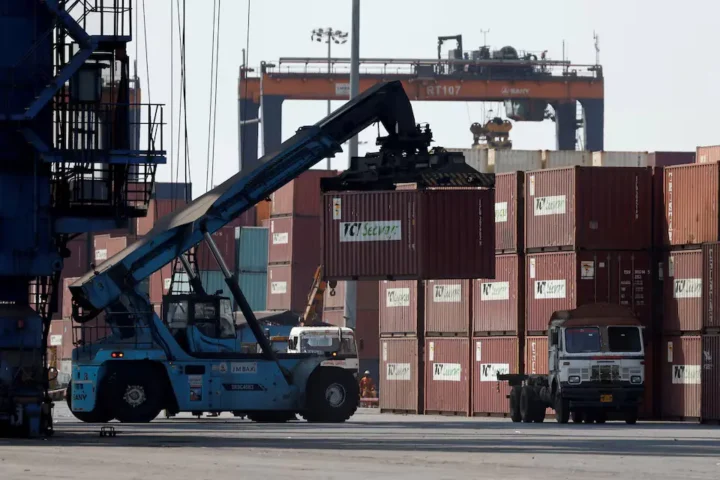By June 2025, the one thing everyone could agree on was that prices were rising again. But ask why, and you’d get a hundred different answers—tariffs, inflation, corporate greed, supply chain issues… Take your pick.
People were feeling the squeeze, but the real pain came from not knowing what—or who—to blame.
Tariffs? Inflation? Or Just Markups in Disguise?

Early in the year, the U.S. hiked tariffs on a ton of imported goods. Some items from China got hit with eye-watering rates—up to 145%. But it wasn’t straightforward. Some tariffs were delayed. Some had loopholes. Others were rolled back halfway through.
The result? A total mess.
One store would raise prices immediately. Another would hold off. Some just quietly absorbed the extra costs until their shelves ran low. So when a pack of batteries or a set of kitchen knives suddenly cost 20% more, no one could say if it was the tariff, inflation, or a company bumping up its margins while blaming “global uncertainty.”
Even Retailers Were Guessing
Surveys showed most Americans blamed both inflation and tariffs. Which makes sense—because even retailers weren’t sure what was driving the hikes.
Some pointed to import fees. Others blamed shipping delays or supplier markups. A few admitted they raised prices to protect profits—just in case things got worse.
Customers noticed. One day, a toy car was $9.99. The next week, it was $12.99. Was that tariffs? Or just sticker shock disguised as policy?
Business owners were in the same fog. Suppliers charged different rates depending on when and how goods were ordered. Some stocked up early to avoid tariffs, which masked price increases. Others didn’t, and got slammed.
A Messy, Mixed Bag
Big companies with deep pockets could wait it out, holding prices steady for a bit. But smaller shops couldn’t. Specialty cookware makers and boutique retailers often passed the costs on right away. Others threw out random discounts or gift cards to make up for charging too much earlier.
There was no single strategy. Just a jumble of price changes that didn’t add up.
And that confusion spilled into the public mindset. People stopped trusting prices. They weren’t sure if they were getting ripped off or just caught in the crossfire of trade policy.
Still in the Dark
Meanwhile, trade talks with Canada, Mexico, and Europe kept shifting. More changes were coming to steel, aluminium, car parts, and tech—but nobody knew when or how big they’d be.
So, here we are. Prices are rising. Everyone’s guessing why. Businesses are trying to explain what they can’t even fully track. And shoppers? They’re just hoping the total at the register doesn’t sting too much.
That’s what makes this moment so weird. Not just that stuff costs more, but that no one can tell where the pain is really coming from.







Follow